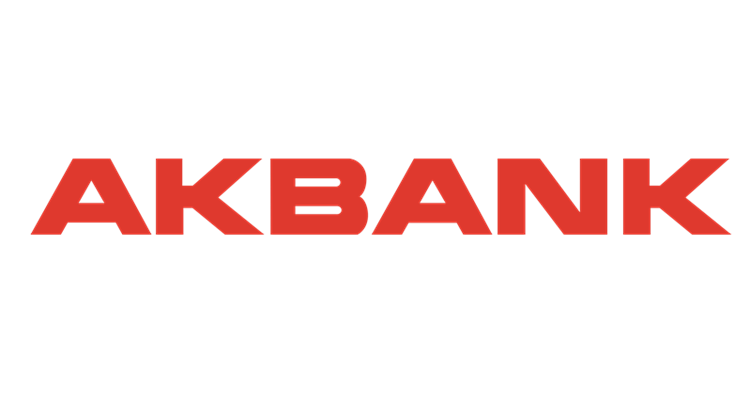Forex trading in Ukraine presents both opportunities and challenges for investors. Understanding the advantages and disadvantages of engaging in forex trading in Ukraine is essential for individuals considering entering this dynamic market. In this article, we’ll explore five advantages and five disadvantages of forex trading in Ukraine.
Advantages of Forex Trading in Ukraine:
Global Market Access: Forex trading provides Ukrainian investors with access to the largest financial market in the world. With a daily trading volume exceeding $6 trillion, the forex market offers ample liquidity and diverse trading opportunities.
High Leverage: Forex brokers in Ukraine often offer high leverage, allowing traders to control larger positions with a relatively small amount of capital. This amplifies potential profits, enabling traders to maximize their returns.
24/5 Market Hours: The forex market operates 24 hours a day, five days a week, allowing traders in Ukraine to participate in trading activities at their convenience. This flexibility enables individuals to manage their trading schedules around other commitments.
Low Transaction Costs: Forex trading in Ukraine typically involves low transaction costs, with brokers charging minimal commissions or spreads. This cost-effectiveness makes forex trading accessible to a wide range of investors, including those with limited capital.
Diverse Trading Instruments: In addition to major currency pairs, Ukrainian traders can access a wide range of trading instruments, including exotic currency pairs, commodities, indices, and cryptocurrencies. This diversity allows traders to diversify their portfolios and capitalize on various market opportunities.
Disadvantages of Forex Trading in Ukraine:
Volatility and Risk: The forex market is inherently volatile, with exchange rates fluctuating rapidly in response to economic, geopolitical, and other external factors. This volatility increases the risk of substantial losses, especially for inexperienced traders.
Lack of Regulation: While forex trading in Ukraine is regulated by the National Bank of Ukraine (NBU), the regulatory framework may not be as robust as in other countries. This lack of stringent regulation exposes traders to potential risks, including fraud and misconduct by unscrupulous brokers.
Currency Depreciation: Ukraine’s currency, the hryvnia (UAH), has experienced periods of depreciation against major currencies such as the US dollar and euro. Fluctuations in the exchange rate can erode the value of profits earned in foreign currency, impacting traders’ overall returns.
Geopolitical Uncertainty: Ukraine has experienced geopolitical tensions and conflicts in recent years, which can have a significant impact on currency markets. Political instability and uncertainty can lead to increased volatility and unpredictable market behavior, posing challenges for forex traders.
Lack of Education and Support: Many Ukrainian traders may lack access to quality education and support resources to help them navigate the complexities of forex trading effectively. Without proper knowledge and guidance, traders may struggle to develop successful trading strategies and manage risk effectively.
Conclusion:
Forex trading in Ukraine offers both opportunities and challenges for investors seeking exposure to the global currency markets. While the market provides access to diverse trading opportunities and flexibility in trading hours, traders must also contend with volatility, regulatory risks, and geopolitical uncertainties. By carefully weighing the advantages and disadvantages, Ukrainian traders can make informed decisions and navigate the forex market with greater confidence and success.
 Anasayfa
Anasayfa Canlı Borsa
Canlı Borsa Borsa
Borsa Döviz Kurları
Döviz Kurları Altın
Altın Hisse Senetleri
Hisse Senetleri Endeksler
Endeksler Döviz Hesaplama
Döviz Hesaplama Döviz Çevirici
Döviz Çevirici Kredi Arama
Kredi Arama




































































































